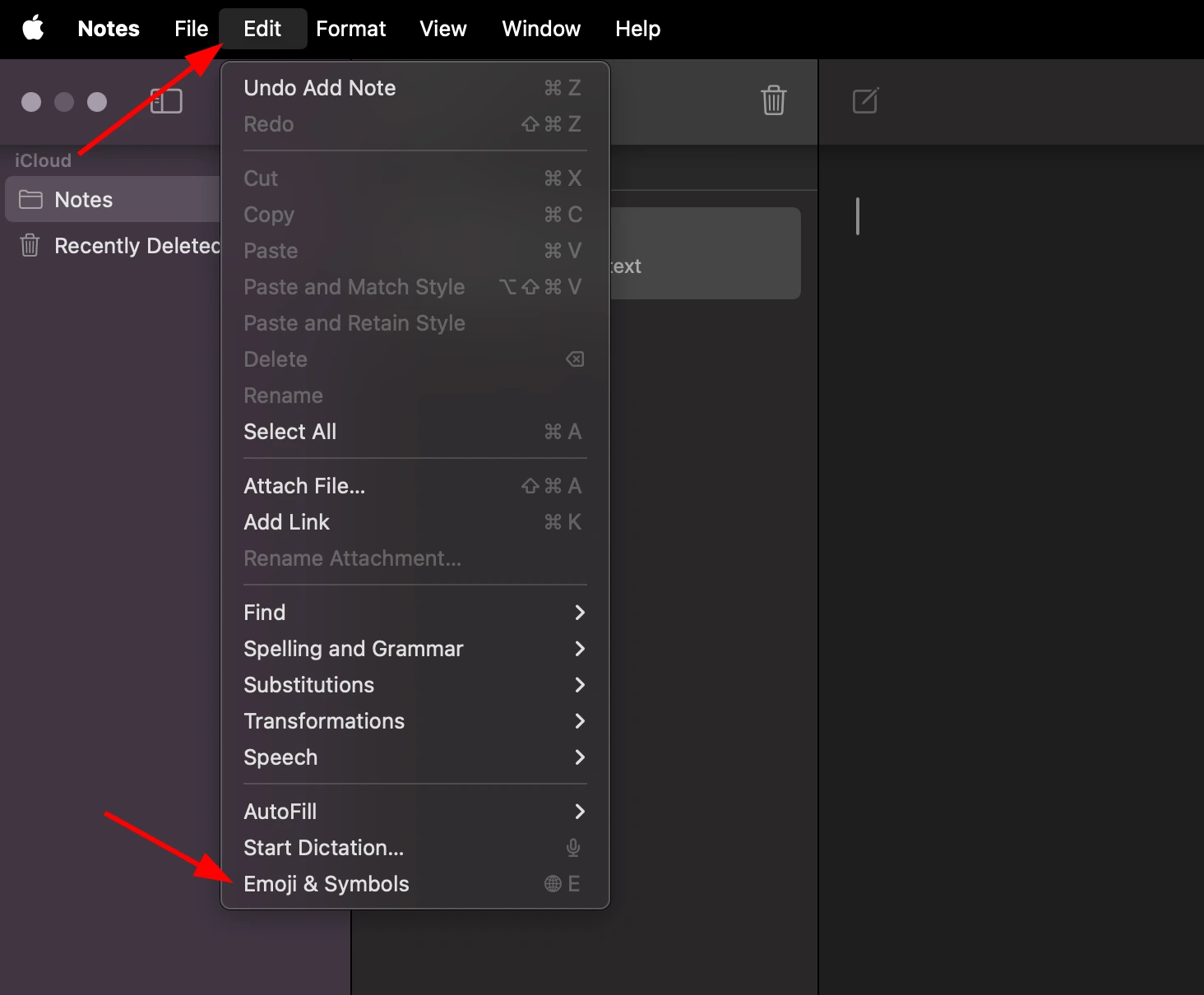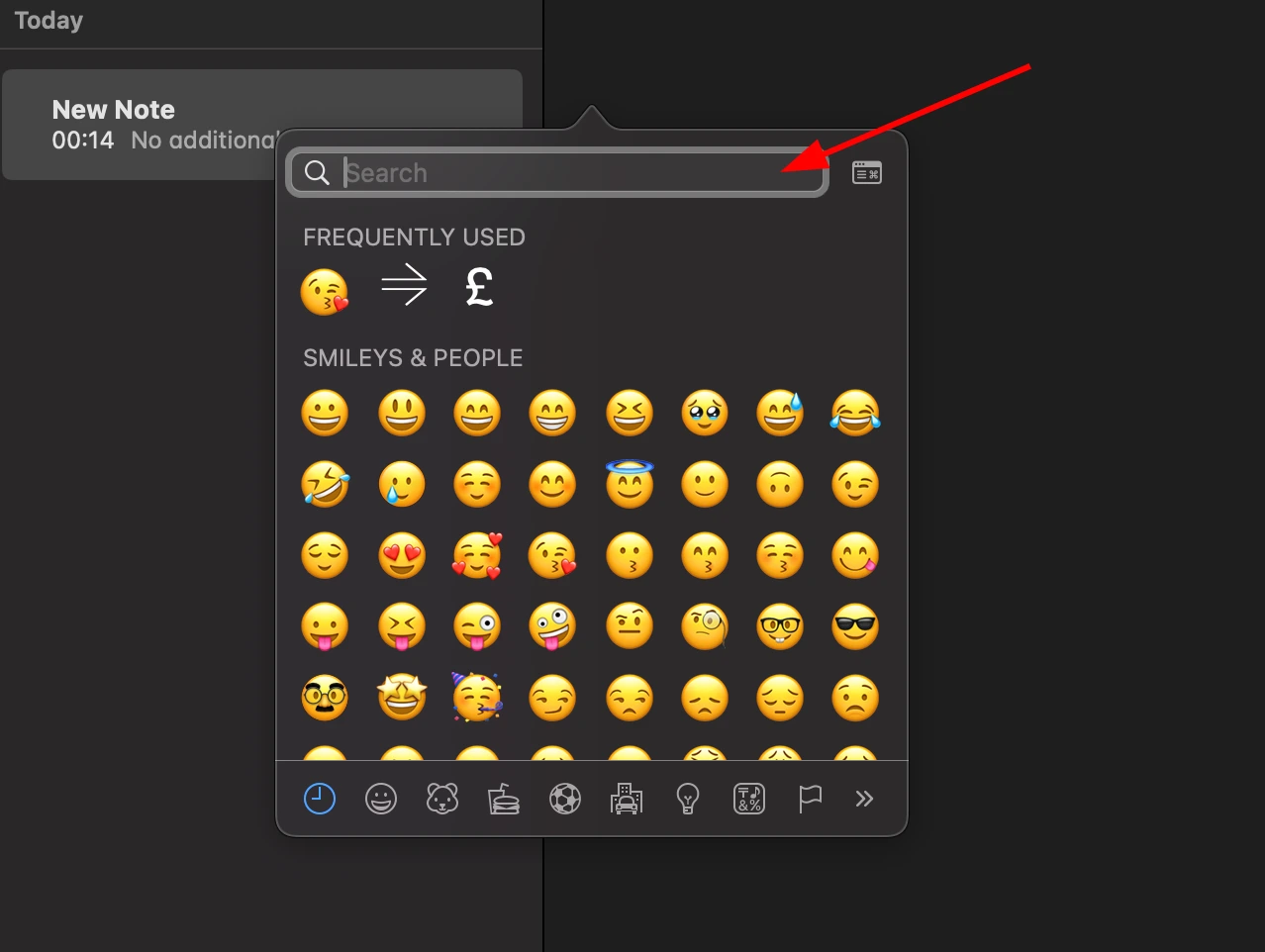Music Flat Sign Symbol ♭
Communication takes on a special form in the entrancing world of music that is distinct from spoken language. The secret to understanding the complex language of melodies and harmonies is musical notation. The flat sign, a seemingly straightforward but extremely important symbol in the world of music, is one fundamental component of this notation system. The history, function, and contributions of the music flat sign to the rich tapestry of musical expression will all be covered in this article.
The Flat Sign's Origin
The origins of music notation can be found in the late medieval era, which is also when the flat sign first appeared. Pitch was noted by early composers and musicians using a variety of symbols, such as letters and other characters. During this time of experimentation, it was becoming more and more clear that a standardized system was required.
A lowered pitch was denoted by a square "b" symbol in the Guidonian hand, a mnemonic system of music notation used during the 11th and 12th centuries. This sign changed over time to become the flat sign that we use today. Eventually, the smallest interval in Western music—a half step—was designated by the flat sign as the symbol for pitch lowering.
Understanding the Flat Sign
The flat sign in modern music notation resembles a lowercase "b." It indicates that a note should be played half a step lower than its natural state when it is placed in front of a note on the staff. The note's pitch is affected by the flat sign, not its duration or any other aspect of music. For musicians and composers to communicate the desired harmonies and musical expressions, it is an essential tool.
Any note, be it a fret on a saxophone, a string on a guitar, or a white key on a piano, can be represented by the flat sign. Because of its adaptability, composers can create complex and expressive pieces, and performers who have to faithfully interpret the music on the page can also benefit from it.
Common Uses of the Flat Sign
In terms of music theory, composition, and performance, the flat sign is essential. These are a few typical uses:
- Key Signatures: At the start of a piece of music, key signatures show which notes are to be played flat or sharp for the duration of the composition. The music is kept consistent by using these key signatures.
- Accidentals: In some musical compositions, a note may be momentarily changed. In these cases, the flat sign is used as an accidental to denote the change made to that particular note. For the length of the measure in which they occur, accidentals have an impact on the note.
- Harmonies: The flat sign is a tool used by composers to create complex harmonies. They can create intricate and rich chord progressions that elicit a variety of emotions by adding flat notes.
- Musical Interpretation: To understand the composer's intentions, musicians use the flat sign. To improve the performance as a whole, they must modify their playing to guarantee that the flat notes are played at the proper pitch.
A key component of Western music notation, the music flat sign enables composers and performers to efficiently convey intricate melodies and harmonies. Its importance in modern music is unwavering, and its history extends back to the early days of music notation. It's important to comprehend the flat sign if you're a performer, composer, or just a music lover because it allows you to appreciate the subtleties and beauty of the musical world. The next time you come across sheet music featuring flat signs, keep in mind the importance of these subtle symbols in crafting the captivating tunes that bring happiness and passion into our existence.
Copy to Clipboard
Music Flat Sign Symbol Information
| Symbol Name | Music Flat Sign |
| Unicode Version | 1.1 (June 1993) |
| Unicode | U+266D |
| CSS Code | \266D |
| HTML Entity | ♭ |
| Hex Code | ♭ |
| HTML Code | ♭ |
Music Flat Sign Symbol Encoding
| UTF-8 | 0xE2 0x99 0xAD |
| UTF-16 | 0x266D |
| UTF-32 | 0x0000266D |
Table of contents
- Music Flat Sign PNG and SVG files
- How to type music flat sign on Microsoft Word
- How to type music flat sign on Microsoft Windows
- How to type music flat sign on Mac OS
- How to type music flat sign on Linux
- How to type music flat sign on IOS and Android
- How to use music flat sign in CSS
- How to use music flat sign in HTML
- Music Flat Sign representation in programming languages
Music Flat Sign symbol's PNG and SVG files
How to add music flat sign symbol via keyboard on different Operating systems
You can type the music flat sign on most modern devices with the help of following methods:
How to type music flat sign symbol on Microsoft Word
You can type the music flat sign on microsoft Microsoft Word using steps mentioned below:
- Place your cursor in the text area where you need to insert the symbol and type 2 6 6 D
- Without moving the cursor press keys Alt + x together
- The original 2 6 6 D is now transformed into ♭
How to type music flat sign symbol on Microsoft Windows
You can type the music flat sign on Microsoft windows using following steps:
- Hold Alt and press to type music flat sign on your windows machine.
How to type music flat sign symbol on Mac OS
You can type the music flat sign on Mac OS using following steps:
- Place your cursor in the text area where you need to insert the symbol
- Press Ctrl + ⌘ Command + ⎵ Space to bring up the Character Viewer. Alternatively, choose Edit ⇒ Emoji & Symbols
- Type “Music Flat Sign” in the search field at the top and press Enter
- The symbol should appear. Click on it to insert it into your text


How to type music flat sign symbol on Linux
You can type the music flat sign on Linux using following steps:
- Place your cursor in the text area where you need to insert the symbol
- Hold ⇧ Shift + Ctrl and press the letter + U
- Press keys 2 6 6 D consecutively
- And then press ↵ Enter , the desired symbol will be added to your document
How to type music flat sign symbol on IOS and Android
The easiest way to type the music flat sign on ios and android is to copy and paste it wherever you need it.
How to use music flat sign in CSS
span {
content: "\266D";
}
How to type music flat sign in HTML
<span>♭</span>
Music Flat Sign symbol representation in programming languages
music flat sign's representation in different programming languages can be found in table below:
| Language | Representation |
| Rust | \u{266D} |
| Ruby | \u{266D} |
| Python | \u266D |
| PHP | \u{266D} |
| Perl | "\x{266D}" |
| Java | \u266D |
| Modern JavaScript - Since ES6 | \u{266D} |
| JavaScript | \u266D |
| Go | \u266D |
| C# | \u266D |
| C and C++ | \u266D |
| Bash and Zsh - inside echo -e | \u266D |
| RFC 5137 | \u'266D' |
